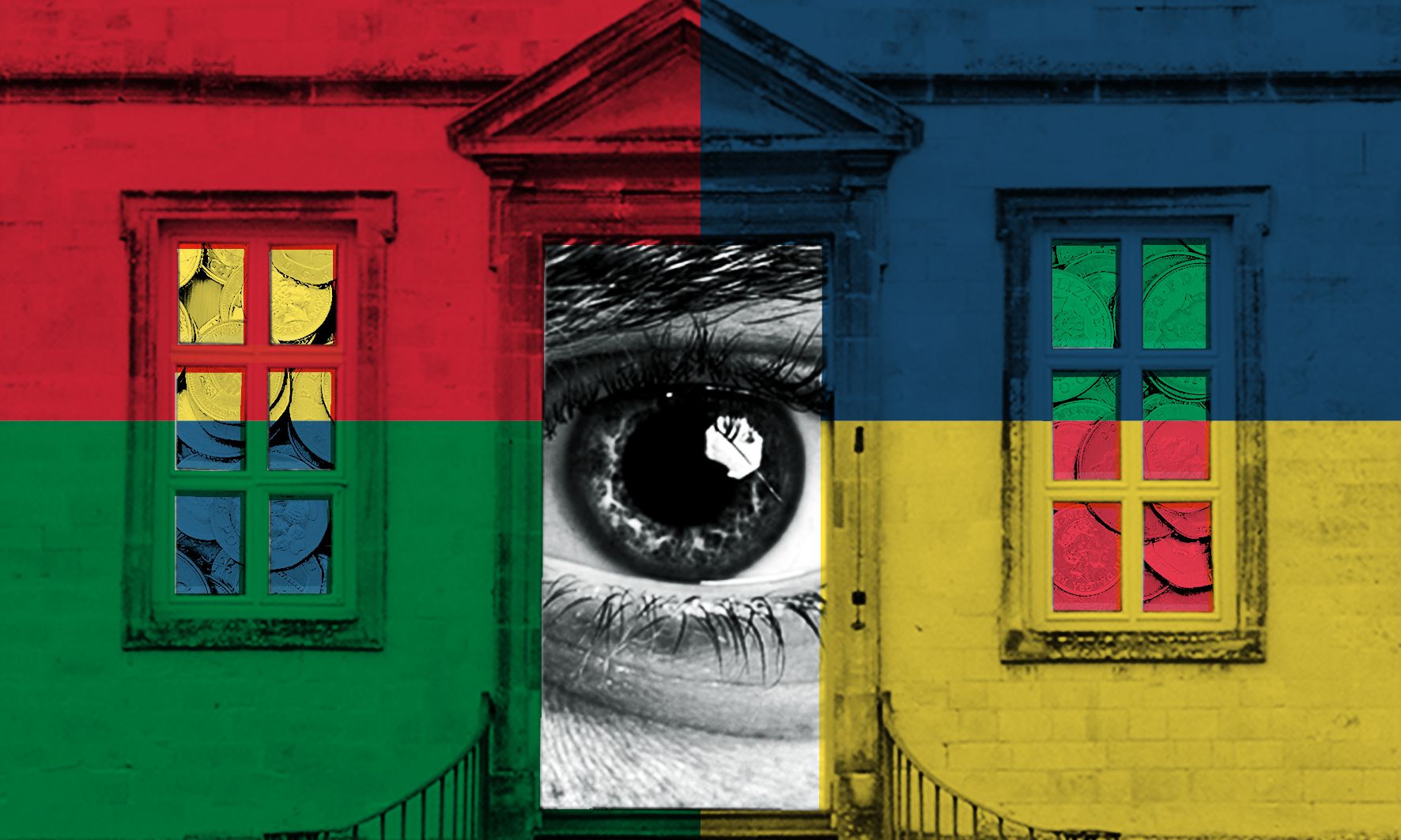Illustration: © Katherine Hardy
Georgina Adam, our editor-at-large, comments on major art market trends and their impact on the trade. Her column appears on the first Thursday of every month on our website and in our Art Market Eye newsletter in which our art market editors Anna Brady, Anny Shaw and Kabir Jhala analyse the latest news and works coming up for sale. Sign-up here
As the London season unfolded, with its auctions, fairs and gallery weekends, the art market was anxiously holding its breath, waiting for the outcome of an election that could have a major impact on the trade.
The reason was the snap election called for 4 July by the prime minister Rishi Sunak. In the run-up to the poll, the right-wing press started carrying dark predictions of “Starmageddon”—after the name of the Labour leader, Keir Starmer—predicting hugely increased taxation.
While Labour had promised in its manifesto not to increase the main taxes, art buyers were jittery that they would be hit in their wallets, one way or another, probably by a hike in the dreaded Capital Gains Tax. And the super wealthy had already started fleeing the country in the wake of changes to the non-domicile tax rules, which previously had allowed them to avoid paying tax on overseas income.
Not helping the trade were rumours of job losses at the major auction houses. Christie’s abandoned its evening sale of Modern and Impressionist art, adding to the gloom. While the firm was at pains to explain that it was running a global business and just rebalancing its sales calendar, it was hardly a vote of confidence in the London scene.
And there was little encouragement to be found at Sotheby’s on 25 June, where its evening sale slid in at £71.8m, under the pre-sale target of £76.4m to £108.1m.
So this was hardly a positive backdrop to two art fairs, held a week before the election. The first was Treasure House, a replica of Masterpiece, the traditional fair abandoned by Art Basel owner MCH shortly after acquiring it. After a shaky start in 2023, Treasure House returned this year bigger and better, with 70 exhibitors—30% up on 2023—and featuring everything from antiquities, art, jewellery and furniture to a 180 million-year-old ichthyosaur fossil and a Riva speedboat.
Results were spotty, with some dealers not covering the hefty stand costs, but others, for instance Osborne Samuel, were pleased with business. Peter Osborne cited immediate sales of two works by John Tunnards, an Ivon Hitchens piece and one by John Craxton. Nick Leighton of Leighton Fine Arts (Marlow and Chicago) noted seeing a good number of American buyers and was awaiting two confirmed sales: “in which case we will be very, very happy,” he said.
Meanwhile, a pared-down Eye of the Collector kicked off in the Garrison Chapel, a 19th-century church saved in extremis from being demolished as part of the Chelsea Barracks development.
Its founder, Nazy Vassegh, had moved the event from its previous home, the larger and grander Two Temple Place, and benefitted from a smaller space on a single floor; its proximity to deep-pocketed buyers in the luxury development was certainly a plus.
There were around 100 works of art on view, predominantly painting and prints, and at mainly gentle price points, some well under £10,000. A showy red, green and gold lacquered cabinet by the Irish designers Zelouf and Bell sold at the opening for £128,000 while, according to the organisers the most expensive work was a Bridget Riley gouache priced at £395,000.
“The fair organisers made a real effort to support sales and were knowledgeable about our artists,” said Toby Clarke of Vigo Gallery, who sold two works at the fair, both going to new clients.
But overall, he and others noted caution among buyers and reluctance to spend large sums of money. But he concluded, “Given that the fairs were held just before the election, things didn’t go so badly…and we need positivity and to support London at the moment.”
The results of the UK election will be available from the early hours of 5 July onwards.

